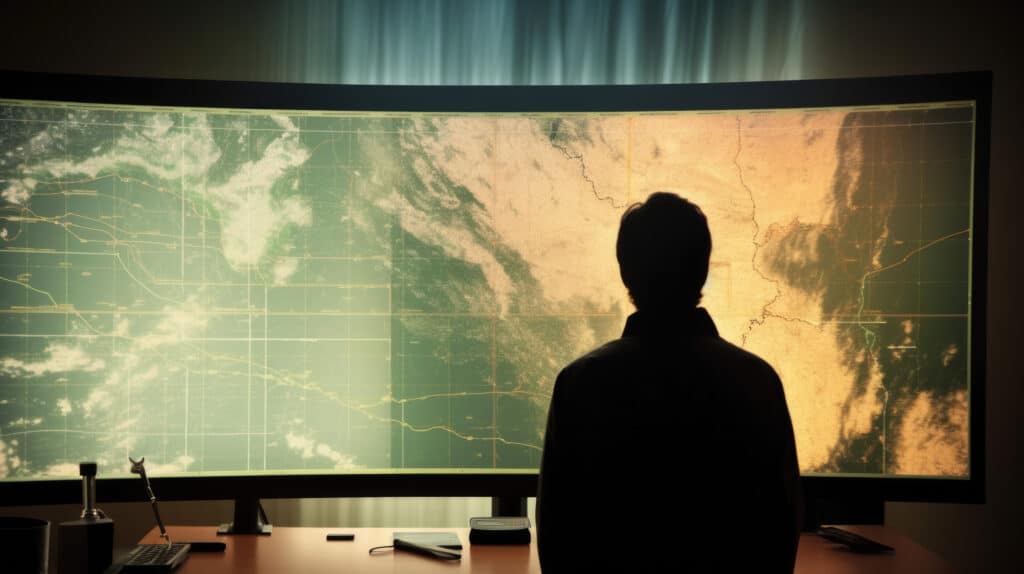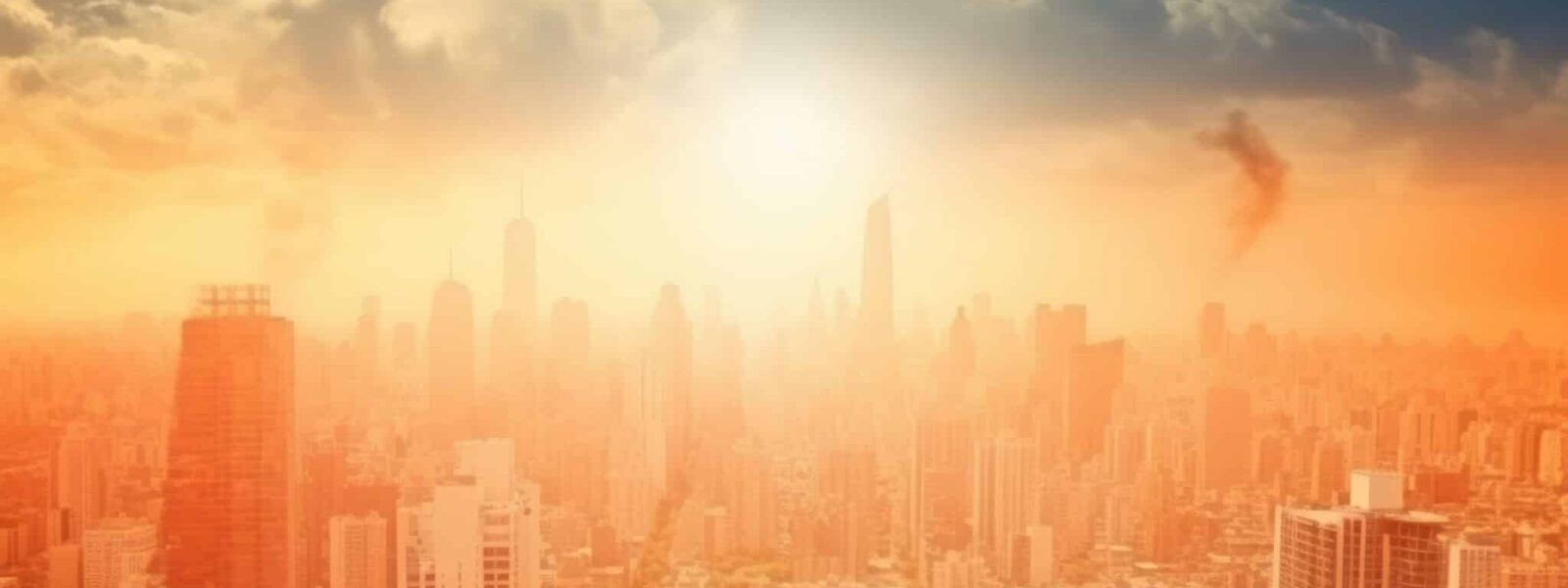Climate change: why is El Niño “acting up”?
- El Niño is a natural climate oscillation that lasts around 6-18 months.
- The reasons why it occurs are still poorly understood, and its highly variable intensity is difficult to predict.
- An El Niño episode has been underway since this summer.
- Its consequences are well known: an El Niño triggers climatic teleconnections that can impact the entire globe (rain, drought, cyclones, etc.).
- The effects of El Niño are cumulative and interact with other natural climatic phenomena and the impact of human activities on the planet.
El Niño, unseasonably high temperatures, marine heatwaves, man-made climate change… These phenomena, which have been widely publicised in recent months, can be confusing. Sometimes their effects are similar. Sometimes there is a link between them. But beware: although they coexist at the moment, their pace, duration and origin are very different.
An El Niño of moderate intensity has been underway since this summer1. The phenomenon had not occurred for 7 years and hit the headlines because of initial forecasts – now downgraded – suggesting the possibility of an intense El Niño. El Niño is a natural oscillation in climate. Typically lasting between 6 and 18 months, the phenomenon occurs every 2 to 7 years. This cycle alternates with neutral phases and La Niña phases, the opposite of El Niño. “We don’t really know what triggers an El Niño,” says Lauriane Batté. “However, the phenomenon and its consequences are now very well documented.”
How can we identify an El Niño? First of all, there is a slowdown in the trade winds, which are the inter-tropical winds blowing from east to west. Unusual gales from the west occur in the Pacific, and the central and eastern equatorial Pacific warms up. Currently, the surface temperature in the central equatorial Pacific is 1.5°C above normal. “Certain preconditions for the onset of El Niño make it possible to anticipate its occurrence several months in advance.” Explains Juliette Mignot “However, its intensity is linked to the unusual westerly gales: these are fairly unpredictable, which complicates climate projections.”
The current scale of sea surface temperature anomalies is such that it can only be a signature of global warming
What are the consequences? Although the phenomenon is localised in the tropical Pacific, it triggers climatic teleconnections across many regions of the globe2: the climate varies up to several thousand kilometres away from El Niño. Rainfall increases in certain regions of South America and Central Asia, in the southern United States and in the Horn of Africa3. Conversely, dry spells occur in Australia, Indonesia and parts of southern Asia, Central America and northern South America. Temperatures are rising in some regions, and cyclonic activity is also changing: major cyclones are occurring in the Pacific, Polynesia is more exposed to the risk, while the risk is reduced in the Atlantic basin. There is little impact on the European climate.

From one year to the next, the global climate varies according to the presence of El Niño or La Niña. But these phenomena are not the only natural modulations of the climate system. Others are well known: the North Atlantic Oscillation, the Southern Annular Mode, and the Indian Ocean Dipole. Like El Niño, the Indian Ocean Dipole will continue until at least December4. “Along with El Niño, these variations have the greatest impact on seasonal variations in climate from one year to the next,” explains Lauriane Batté. Others exist, on much larger time scales: the Atlantic multidecadal variability can persist in the same phase for 50 to 70 years!
Climatic hazards: a combination of factors exacerbated by human activities
On top of these phenomena, we have the effect of human activities on the climate. But be warned: this is a change of spatial and temporal scale. This concerns the whole planet and is causing a steady increase in the global temperature – of the atmosphere and the oceans – since the industrial era. Global warming linked to human activities now stands at +1.1°C compared with the pre-industrial era5. And since 2012, the global sea surface temperature has been systematically higher than the average for the years 1982 to 20116. “The current scale of sea surface temperature anomalies is such that it can only be a symptom of global warming,” explains Lauriane Batté. “Natural oscillations are localised, but in this case we’re seeing warming across the globe.”
As a result, climate measurements – ocean and atmospheric temperatures – combine all these factors. Long-term global warming linked to human activities, short-term El Niño phenomena and the ongoing Indian Ocean dipole.… “A very intense El Niño can increase the average global temperature by more than 1°C,” explains Juliette Mignot. “This year, the average global temperature will therefore be higher, but that doesn’t mean that the warming caused by human activity is accelerating! This will be a signature of El Niño, combined with global warming of anthropogenic origin.”
To further complicate the picture, climate change linked to human activities is also modifying natural oscillations! For example, it is very likely that greenhouse gas emissions and/or ozone depletion contributed to a positive phase in a climatic oscillation centred in Australia (the Southern Annular Mode) between the 1970s and 20007. As for the Atlantic Multi-Decadal Oscillation, in a cold phase between the 1960s and 1990s, it seems that its duration and intensity were influenced by aerosol emissions linked to human and volcanic activities. “These examples show that we are not just seeing the effects of climate change due to human activities added to natural variations in the climate, but that there is a real interaction between the two,” adds Juliette Mignot. Lauriane Batté continues: “As far as El Niño is concerned, on the other hand, there is still a great deal of uncertainty about the impact of climate change on the phenomenon.” On a day-to-day basis, the weather is the result of a combination of factors governed by natural variations but also by human activities. When faced with climate-related information, it’s vital to bear in mind the time and space scales involved.
















